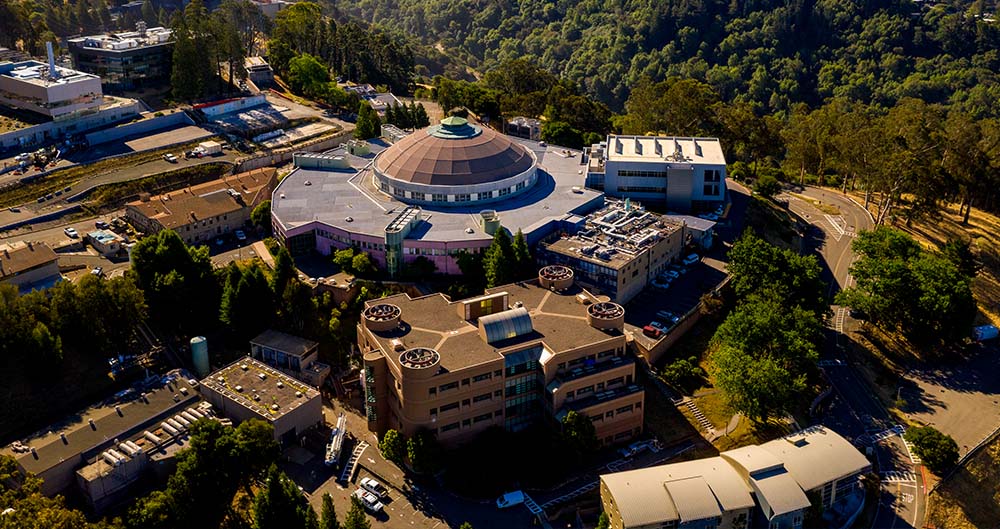Academics from the Lawrence Berkeley National Laboratory and partner Florida State University (FSU) released a blueprint for a solid-state battery technology less dependent on critical metals that are challenging to source due to global supply chain issues.
The report by Berkeley Labs and FSU was recently published in Science, and could advance solid-state batteries to provide more efficient and affordable battery cells that are more readily available than lithium-ion batteries..
Touted for high energy density and superior safety, solid-state batteries could be a game changer for the EV industry. The solid-state technology has proven to be affordable and also conductive enough to provide hundreds of miles of driving range on a single EV battery charge. This has long been a source of friction for EV drivers as it applies to lithium batteries and “range anxiety.”
“With our new approach to solid-state batteries, you don’t have to give up affordability for performance. Our work is the first to solve this problem by designing a solid electrolyte with not just one metal but with a team of affordable metals,” said Yan Zeng, an author of the report and a staff scientist at Berkeley Lab’s Materials Sciences group.
In traditional lithium-ion battery cells, the electrolyte works like a transfer hub where ions flow with electric charge to power a device or recharge the battery.
Similar to lithium-ion batteries, solid-state batteries store energy and then release it to power devices. But rather than liquid or polymer gel electrolytes found in lithium-ion batteries, they use a solid electrolyte.
Government, research, and academics have invested in the research and development of solid-state batteries because commercial grade batteries have historically been prone to overheating, fire, and loss of charge risk, mainly concerning the liquid electrolyte.
Current solid-state batteries in production are based on metals that are expensive and unavailable in bulk quantities, with many metals such as cobalt produced from regions of the world with high geo-political risk.
For the current study, Zeng, in partnership with Bin Ouyang, assistant professor in chemistry and biochemistry at FSU, and senior author Gerbrand Ceder, a Berkeley Lab senior scientist and UC Berkeley professor of materials science and engineering, showcased a new type of solid electrolyte consisting of a blend of various metal elements.
The new materials could result in a more conductive solid electrolyte that is less dependent on a large quantity of an individual element.
In experiments conducted at the Berkeley Lab and UC Berkeley campus, the researchers demonstrated the new solid electrolyte by synthesizing and testing several lithium-ion and sodium-ion materials with multiple mixed-metals.
Researchers observed that the new multi-metal materials performed better than expected, displaying an ionic conductivity several orders of magnitude faster than single-metal solid state battery materials. Ionic conductivity is a measurement of how quickly lithium ions move to conduct electric charge.
The researchers theorized that mixing different metals together creates new pathways – much like the addition of expressways on a congested highway – through which lithium ions can move quickly through the electrolyte. Without these pathways, the movement of lithium ions would be slow and limited when they travel through the electrolyte from one end of the battery to the other, Zeng said.
To validate blends for the multi-metal design, the researchers performed calculations based on a method called density-functional theory on supercomputers at the National Energy Research Scientific Computing Center (NERSC). Using scanning transmission electron microscopes (STEM), the team confirmed that each electrolyte is made of only one type of material – what scientists call a “single phase” – with unusual distortions giving rise to the new ion transport pathways in its crystal structure.
The discovery enables new opportunities to design next-generation ionic conductors. The next step in this research is to apply the new approach that Zeng developed with Ceder at Berkeley Lab to explore and discover novel solid electrolyte materials that can improve battery performance.
This content is protected by copyright and may not be reused. If you want to cooperate with us and would like to reuse some of our content, please contact: editors@pv-magazine.com.









By submitting this form you agree to pv magazine using your data for the purposes of publishing your comment.
Your personal data will only be disclosed or otherwise transmitted to third parties for the purposes of spam filtering or if this is necessary for technical maintenance of the website. Any other transfer to third parties will not take place unless this is justified on the basis of applicable data protection regulations or if pv magazine is legally obliged to do so.
You may revoke this consent at any time with effect for the future, in which case your personal data will be deleted immediately. Otherwise, your data will be deleted if pv magazine has processed your request or the purpose of data storage is fulfilled.
Further information on data privacy can be found in our Data Protection Policy.